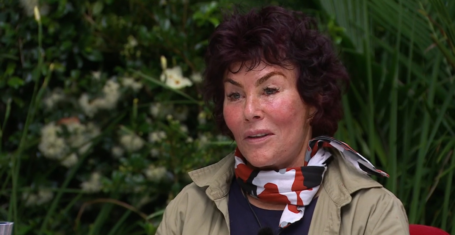
University of York academics highlight reports on sexual harassment and violence in education
York academics address reports on sexual harassment in schools and universities
Two University of York academics have spoken out on major national research exposing how widespread violence, harassment and sexual misconduct are, from classrooms to university campuses.
Parliamentary report on violence against women and girls
Professor Vanita Sundaram, from York’s Department of Education, contributed evidence to a parliamentary report on violence against women and girls. She warned that harassment and abuse in schools are not “one-off incidents” but symptoms of a “wider culture of inequality that enables and minimises harmful behaviour.” She stressed that schools play a vital role in changing that culture, and called for proper training and resources to make classrooms safer spaces.
The report found that girls aged 10 to 15 are especially vulnerable, particularly online. It also showed that racially minoritised girls are disproportionately affected due to being “adultified” – treated as if they are older and less vulnerable, leading to their experiences being dismissed. The Home Office categorised violence against women and girls as a national threat in 2023, and police officials labelled it an “epidemic” in 2024. Despite this recognition, the report concluded that the system is still failing. Just five per cent of domestic abuse cases led to prosecution last year, and teachers report feeling underprepared to tackle misogyny and harassment in classrooms.
OfS survey on sexual misconduct in higher education
A separate survey by the Office for Students (OfS) revealed that sexual violence and harassment are also a serious issue in higher education. Out of more than 52,000 undergraduates across England:
- 14 per cent reported experiencing sexual violence (including rape, attempted rape, and unwanted touching).
- One in four students reported sexual harassment (such as unsolicited sexual comments, exposure, or unwanted pictures).
- Women were nearly three times more likely to experience harassment than men.
- Almost half (47 per cent) of lesbian, gay and bisexual students reported being harassed compared with 22 per cent of heterosexual students.
Most Read
Responding the the survey, Dr Anna Bull, senior lecturer in York’s Department of Education, said the data “confirms what we have known for a long time. For these students, university is not a safe or welcoming place.”

At the University of York, all students must complete compulsory online modules at the start of the year around understanding consent and being an active bystander. The training covers what consent is and how to establish it, what a healthy relationship looks like, how to communicate boundaries, and where to access support. The OfS is now making such measures mandatory across the sector, alongside a ban on universities using non-disclosure agreements in sexual misconduct cases. Universities that fail to meet these conditions could face fines.
Campaigners argue that these reforms are just a minimum standard. Both the parliamentary report and the OfS survey highlight the need for wider cultural change, not just policy shifts.
Professor Sundaram concluded: “With the right training, resources and commitment, schools can become places where harmful gender norms are challenged and every young person feels safe, respected and able to thrive.”



















